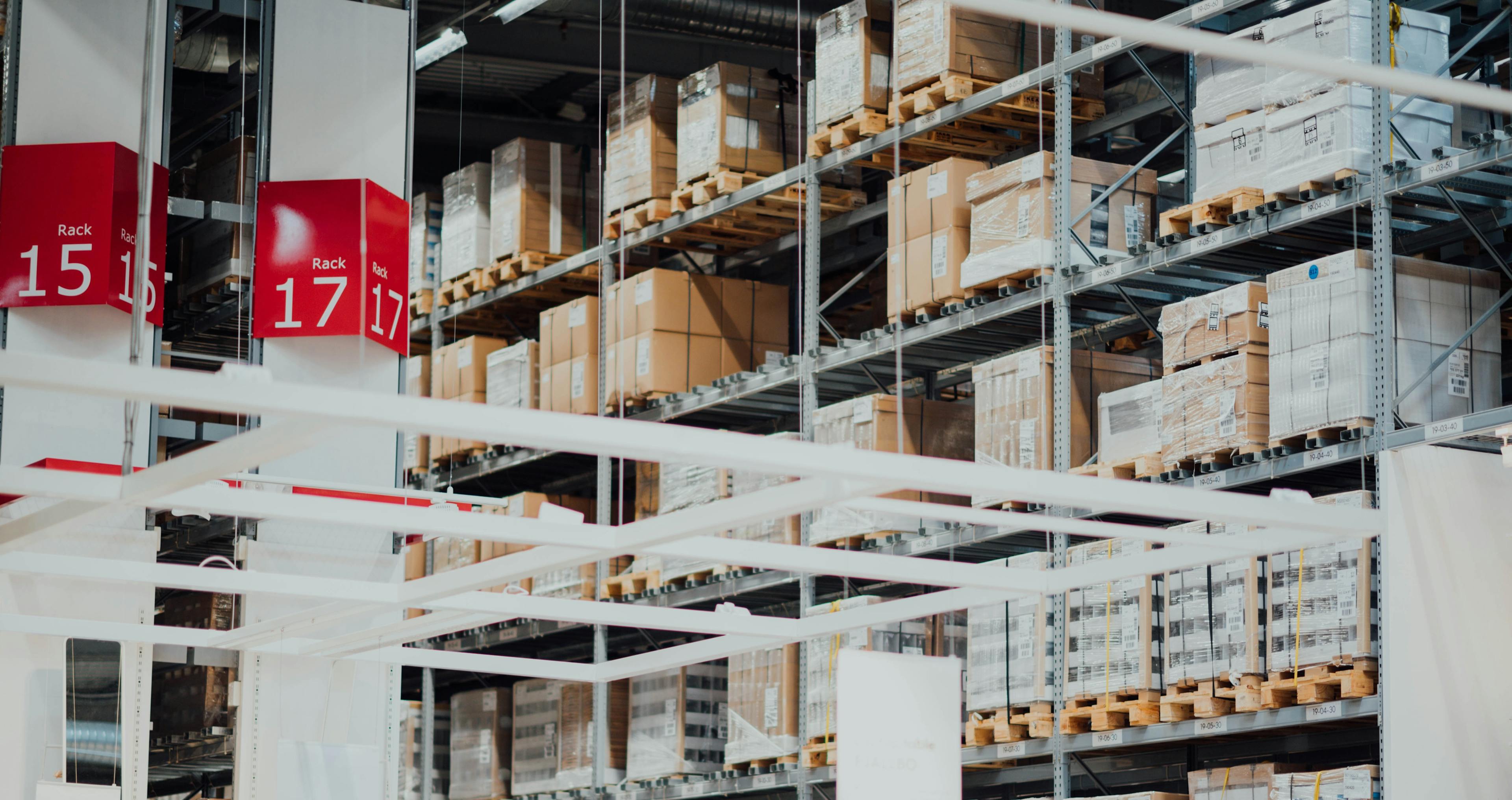Monday, July 22, 2019
Amazon Prime customers are used to Amazon Prime’s one and two-day shipping delivering items one to two days after purchase. So when some of the 175 million items purchased on 2019’s Amazon Prime Day were delivered just a couple days later than expected, customers were dismayed. This is the Amazon Effect, the raised consumer expectations that have resulted from the $989B market cap company’s evolution of the e-commerce industry. It’s caused several retail and shipping companies to tighten their last mile logistics: Walmart, Target and FedEx have all expanded their delivery services and started offering shorter delivery times, prompting some to question whether these expansions are a sign that Amazon-esque speeds will become standard for all shipments to individual consumers. Not all are convinced of this extreme, but the increased focus on and higher expectations around delivery times has forced businesses and supply chains to evaluate their e-commerce and last mile strategies.
B2B companies are rapidly approaching B2C companies when it comes to e-commerce, both in their offerings and in their distribution. But still only 40% of B2B companies recently surveyed by DHL feel that they have fully implemented their e-commerce strategy, even though e-commerce was rated as either very important or extremely important by most B2B and B2C respondents. Evolving customer expectations, existing infrastructure limitations, and “other urgent business priorities” were cited as obstacles to full implementation by both groups, but both expect to see at least a 15% increase in revenue as a result of online sales.
Distribution strategy is key to that successful e-commerce implementation, because the consumer’s delivery experience is a critical factor of the e-commerce boom. So even if the shipper isn’t trying to compete with Amazon’s delivery times, speed and efficiency still need to be considered to meet customer expectations. “Increased rate of on-time deliveries, clear visibility of package location, and proper validation in terms of error-free invoicing all add up to customer delight,” says Dhruvil Sanghvi to FreightWaves on the effect of e-commerce on delivery standards. Most companies use two or more distribution methods today to meet their needs, but over 50% of businesses are expected to make material changes to their distribution strategy in the next three to five years.
Third-party logistics warehouses need to consider their e-commerce and distribution strategies too -- because those B2B and B2C companies are partnering with 3PLs to support their own distribution offerings and execution. But 3PLs should be cautious about offering quicker solutions without making sure it’s what the retail consumers and the final consumers want, says Tom Enright to Supply Chain Dive.
STORD operates as a partner to midsize and enterprise companies and warehouses to build a distribution network with visibility and efficiency. To learn more about how STORD can optimize your last mile distribution, contact us.




